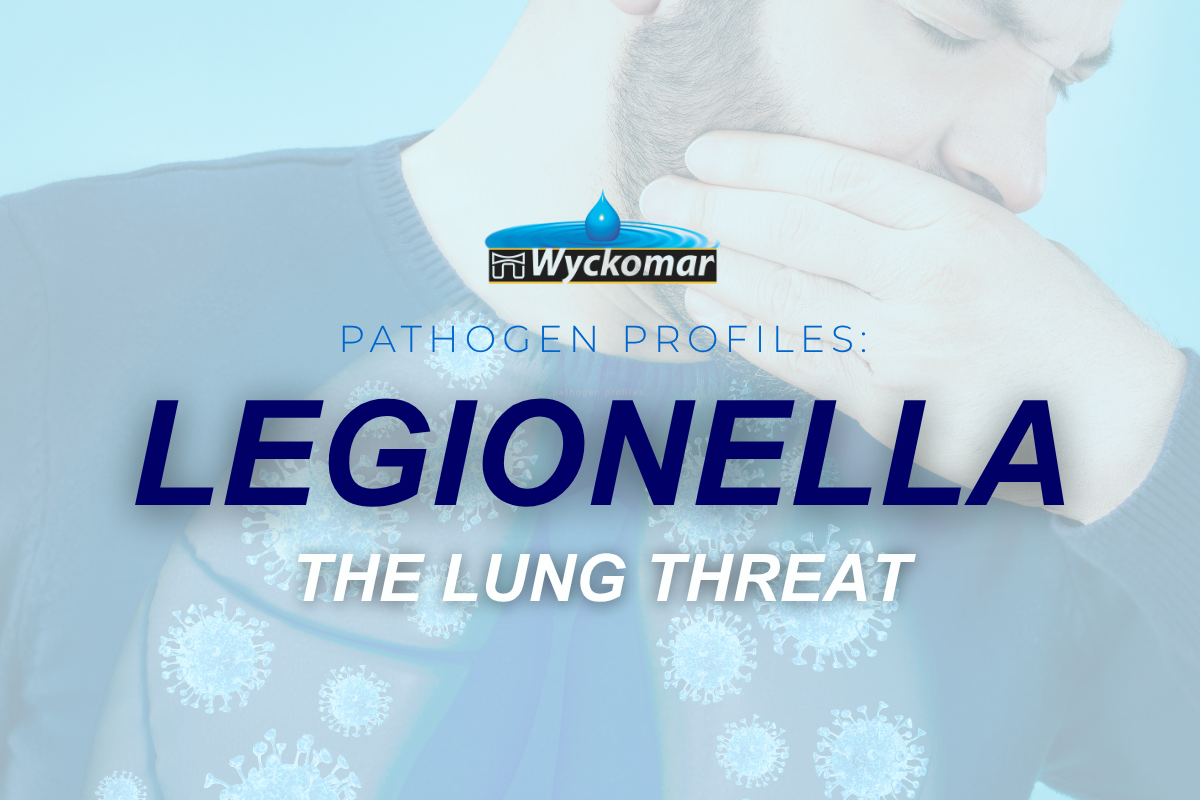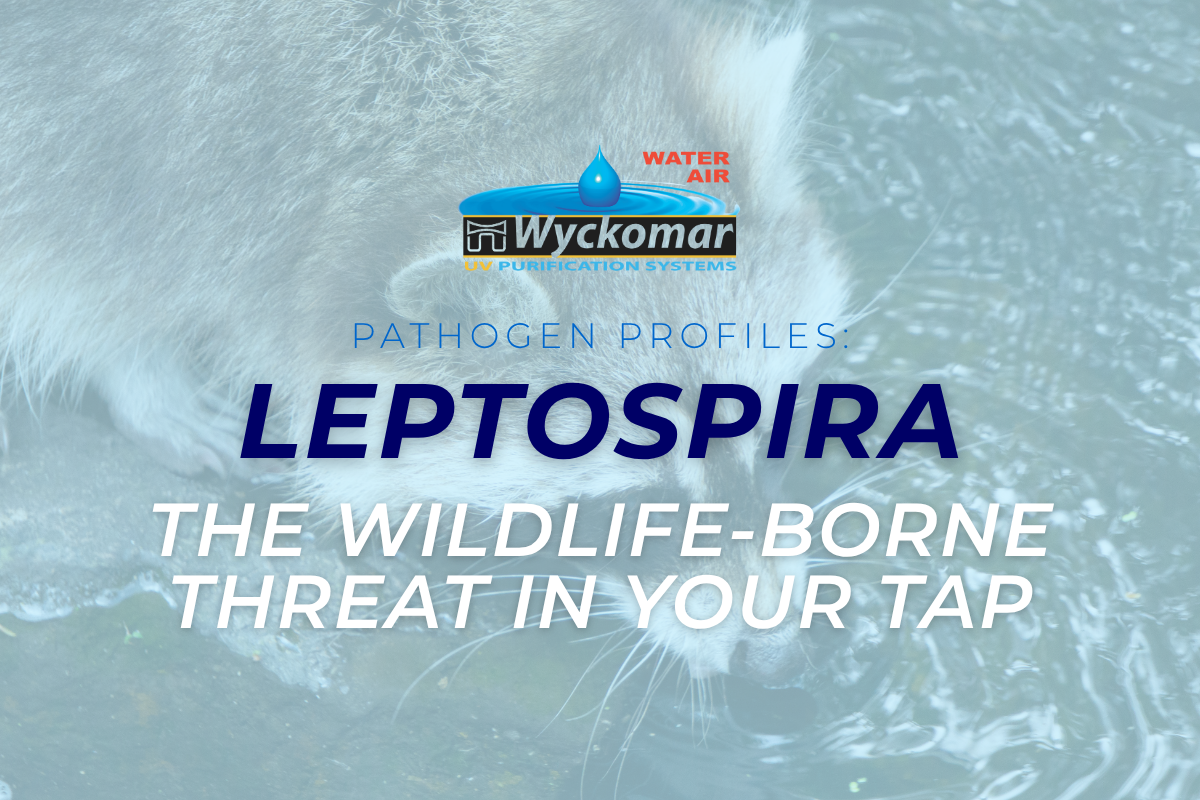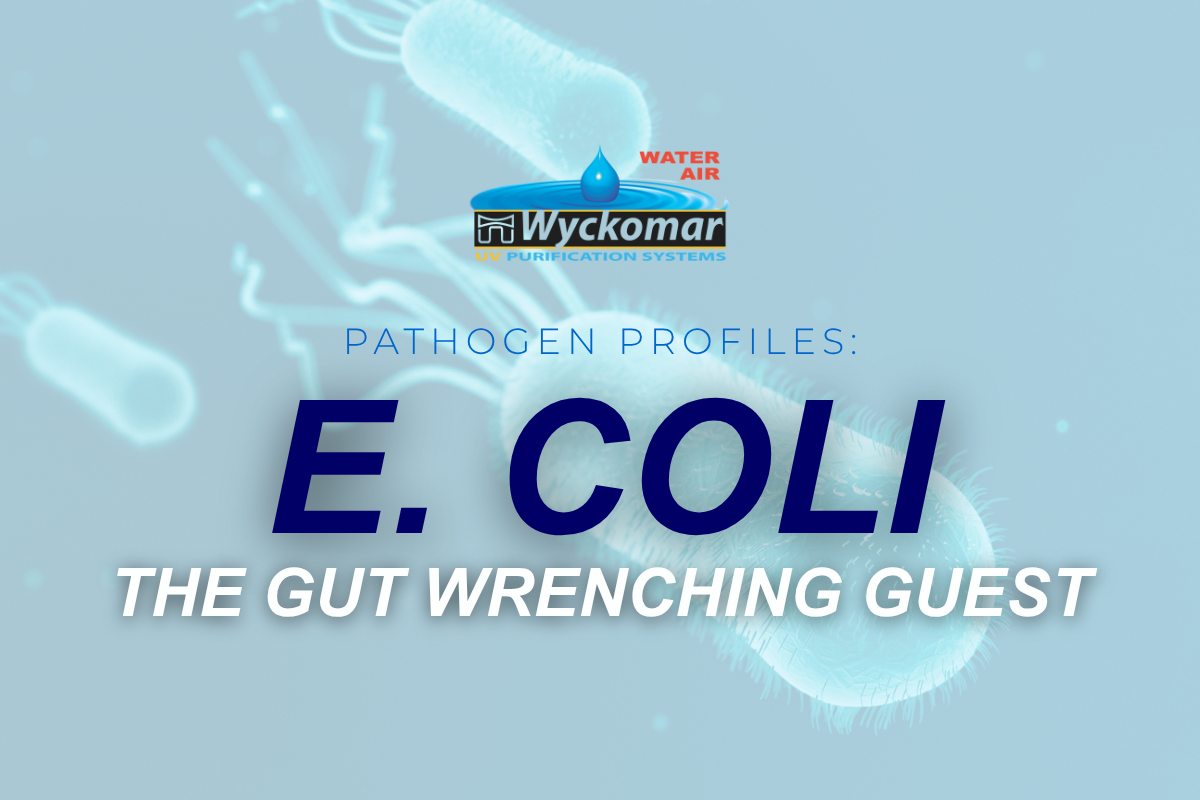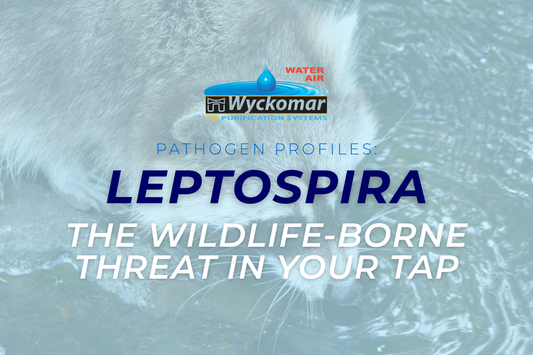
Posted on
Filtering and Disinfecting Water in a Rainwater Harvesting System
Many people have taken up the task of collecting rainwater either as an adjunct to a traditional water supply or as a necessity for providing adequate drinking water in rural and remote areas.
Even urban consumers are actively harvesting rainwater from rooftops in order to help reduce the cost of municipally supplied drinking water to the home. The challenge of course is to make sure that the harvested rainwater is safe to consume.
Let's take a look at the potential for contamination in a typical rainwater harvesting system. Although often overlooked, it's a fact that rainwater can pick up contaminants from the atmosphere as it is falling, including dust and dirt (especially on a windy day). Next the water hits the rooftop and is drained into a gutter. Take a moment to think of what else hits the rooftop as a flock of birds fly over your home and you will immediately identify the need for purification and disinfection of the collected water.
Collected rainwater is often held in storage containers or tanks, sometimes open to the environment, often sealed. Another overlooked conduit for contamination is the tank itself as it can easily become a home for many pathogenic contaminants especially in the summertime when the water is very warm. Bacteria and virus collected by the water on it's way to the holding tank can proliferate in the tank and will eventually flood the tank with pathogens.
The key to a successful rainwater harvesting system is to make sure the water is filtered properly and disinfected immediately prior to use. Often the rainwater will sit in the collection tank for days before it is consumed, and it's absolutely critical that it be processed to kill any and all pathogens that are present and to remove unpleasant odors, as the water flows to the faucet.
Of course the most convenient way to ensure safe and clean rainwater is to process the water with a Wyckomar UV system, complete with dual levels of filtration. Using our Model SYS-250POU or our Model SYS-700POU will ensure that you have safe water coming from the collection tank. These systems include a fine sediment filter to remove grit and dirt picked up from the rooftop (in fact we recommend a very fine 1 micron filter when using a UV system for rainwater harvesting to add additional protection). The second filter is made of carbon to remove taste and odor from the water and the UV lamp will provide strong (chemical-free) disinfection to kill all bacteria and virus that may be lingering.
The result is clean, clear and safe drinking water from your rainwater harvesting system and the peace-of-mind that comes with knowing you are helping to reduce water consumption and make the environment better.
Even urban consumers are actively harvesting rainwater from rooftops in order to help reduce the cost of municipally supplied drinking water to the home. The challenge of course is to make sure that the harvested rainwater is safe to consume.
Let's take a look at the potential for contamination in a typical rainwater harvesting system. Although often overlooked, it's a fact that rainwater can pick up contaminants from the atmosphere as it is falling, including dust and dirt (especially on a windy day). Next the water hits the rooftop and is drained into a gutter. Take a moment to think of what else hits the rooftop as a flock of birds fly over your home and you will immediately identify the need for purification and disinfection of the collected water.
Collected rainwater is often held in storage containers or tanks, sometimes open to the environment, often sealed. Another overlooked conduit for contamination is the tank itself as it can easily become a home for many pathogenic contaminants especially in the summertime when the water is very warm. Bacteria and virus collected by the water on it's way to the holding tank can proliferate in the tank and will eventually flood the tank with pathogens.
The key to a successful rainwater harvesting system is to make sure the water is filtered properly and disinfected immediately prior to use. Often the rainwater will sit in the collection tank for days before it is consumed, and it's absolutely critical that it be processed to kill any and all pathogens that are present and to remove unpleasant odors, as the water flows to the faucet.
Of course the most convenient way to ensure safe and clean rainwater is to process the water with a Wyckomar UV system, complete with dual levels of filtration. Using our Model SYS-250POU or our Model SYS-700POU will ensure that you have safe water coming from the collection tank. These systems include a fine sediment filter to remove grit and dirt picked up from the rooftop (in fact we recommend a very fine 1 micron filter when using a UV system for rainwater harvesting to add additional protection). The second filter is made of carbon to remove taste and odor from the water and the UV lamp will provide strong (chemical-free) disinfection to kill all bacteria and virus that may be lingering.
The result is clean, clear and safe drinking water from your rainwater harvesting system and the peace-of-mind that comes with knowing you are helping to reduce water consumption and make the environment better.
Recent Posts







